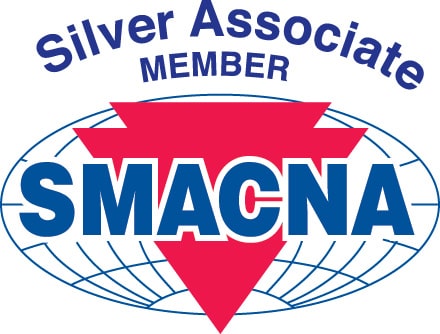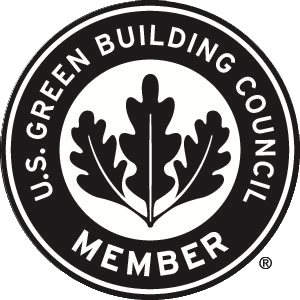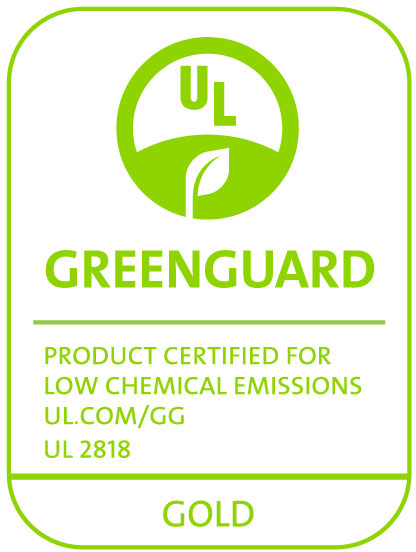Rubber Versus Foam Pipe Insulation: Which is better?
November 18, 2022
There are many types of commercial and industrial mechanical pipe insulation types to choose from. Each type offers advantages and disadvantages depending on the application. Determining owner project and performance…
Learn More










